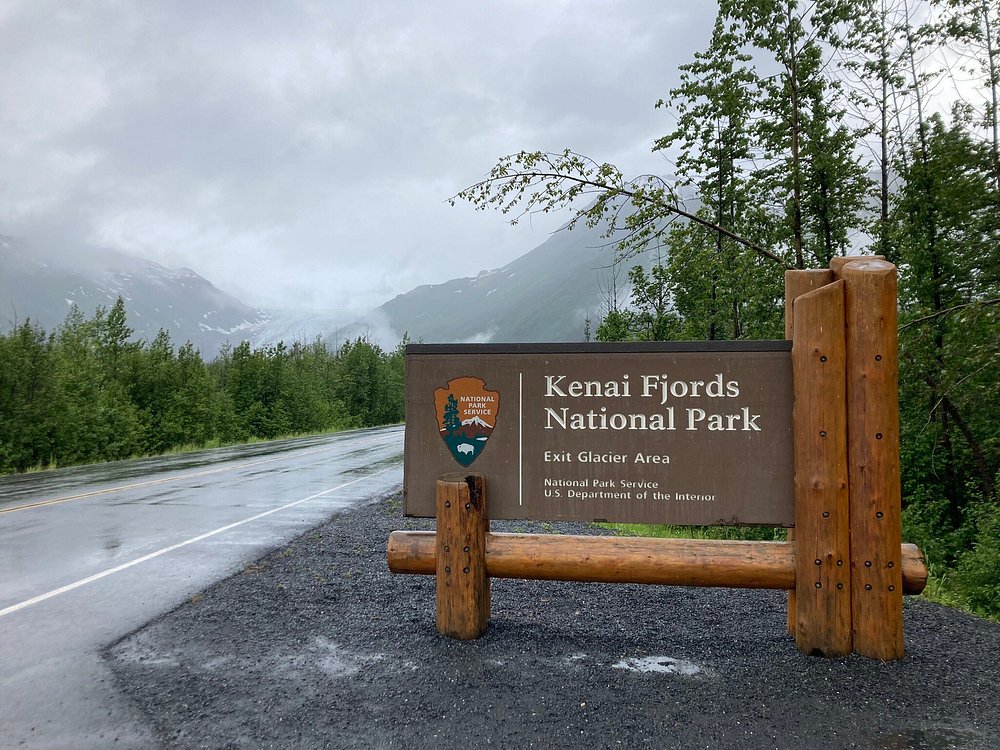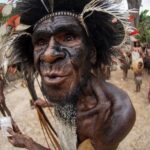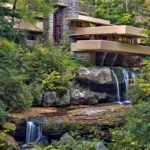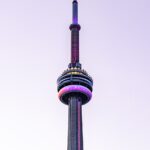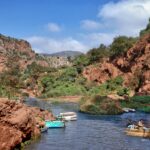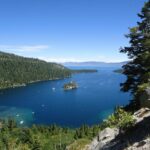Quick Bits:
Kenai Fjords National Park is a rugged paradise in Alaska. Famous for its icy glaciers, coastal fjords, and diverse wildlife, this park offers adventures for nature lovers and thrill-seekers. It’s a place where the raw power of nature meets breathtaking beauty.
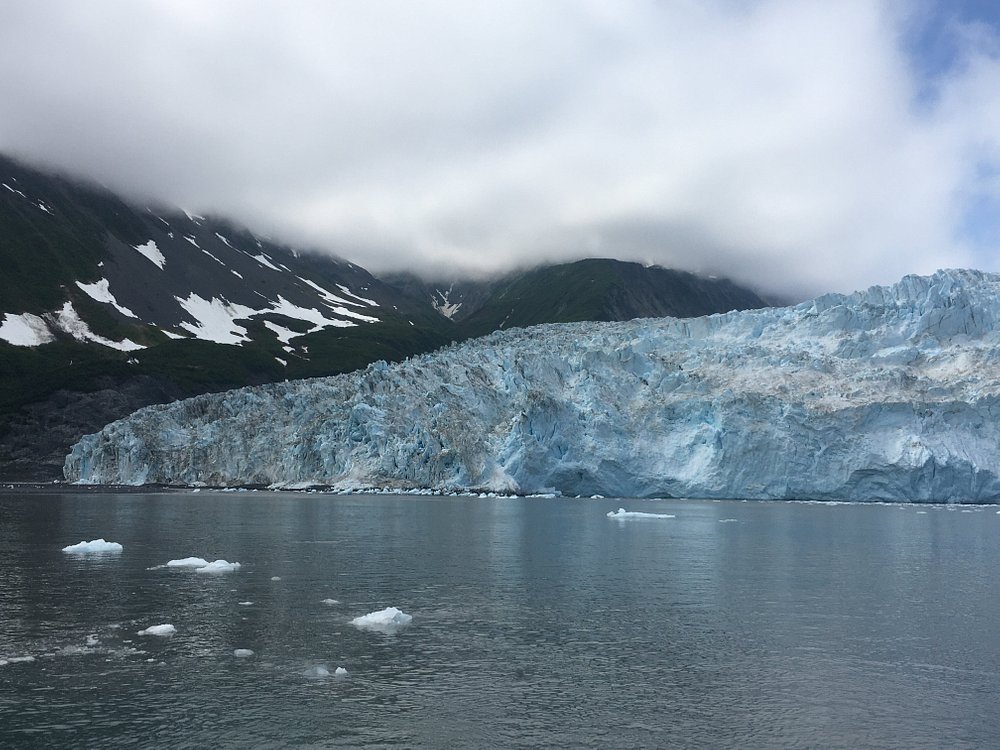
Key Highlights
- Location: South-central Alaska, near Seward
- Main Attraction: Harding Icefield and its glaciers
- Activities: Hiking, kayaking, wildlife viewing, and glacier tours
- Wildlife: Sea otters, puffins, bears, whales, and seals
- Accessibility: Best accessed via Seward Highway or by boat.
General Information
Kenai Fjords National Park was established in 1980 to protect its stunning natural landscapes and diverse ecosystems. It covers over 600,000 acres, with much of its terrain shaped by ancient glaciers. This park is named after the fjords carved by retreating ice and features the Harding Icefield, one of the largest icefields in the United States. Whether you’re exploring by foot, boat, or plane, the vistas are unforgettable.
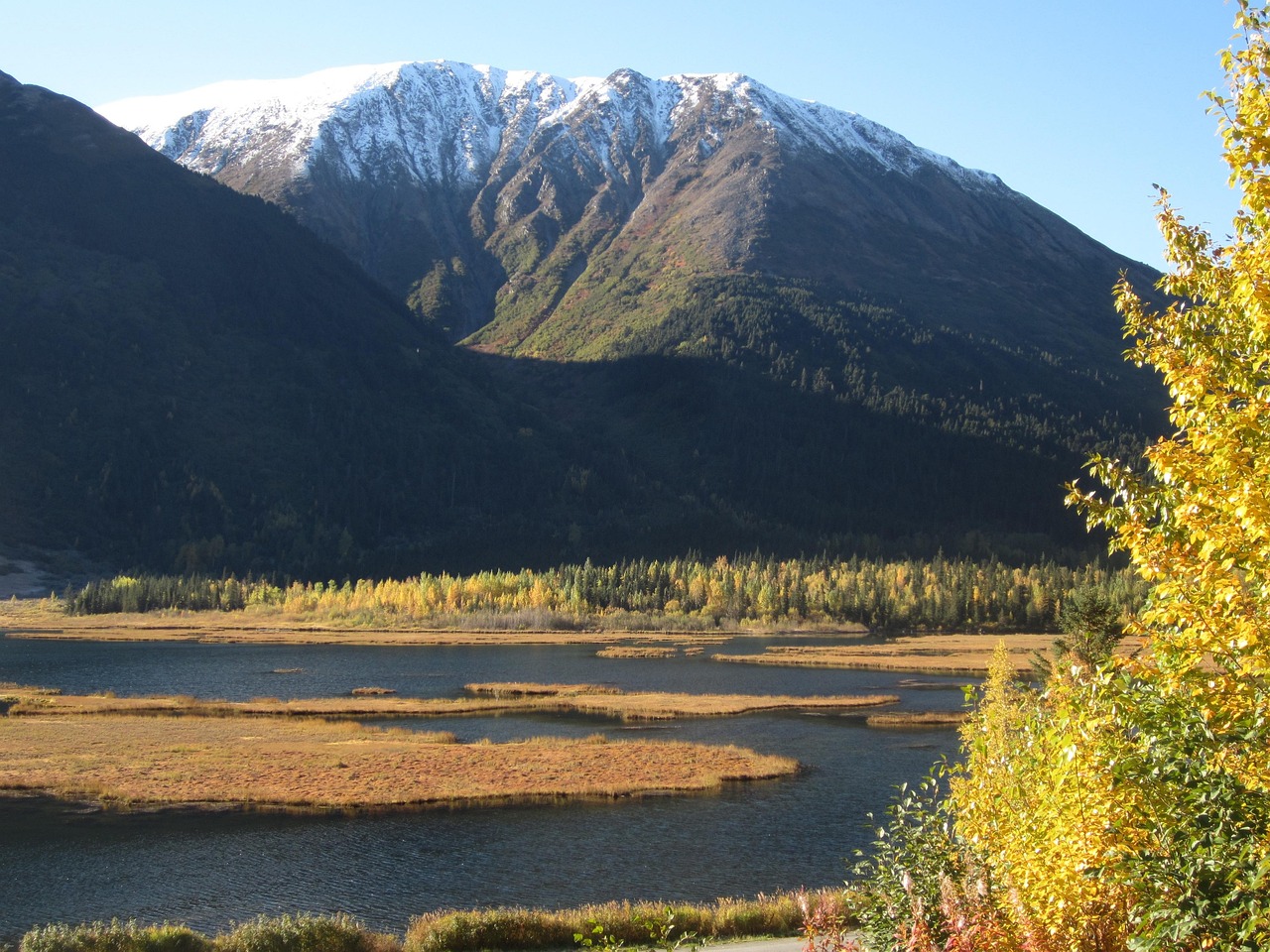
Geography Information
Kenai Fjords National Park is nestled on the southeastern edge of the Kenai Peninsula. It is bordered by Resurrection Bay to the east and rugged mountains to the west. The Harding Icefield is the centerpiece, spanning more than 700 square miles and feeding over 30 glaciers. These glaciers, such as Exit Glacier, flow down to meet the fjords, creating dramatic ice formations. The park’s coastline is dotted with rocky cliffs, secluded coves, and lush rainforests.
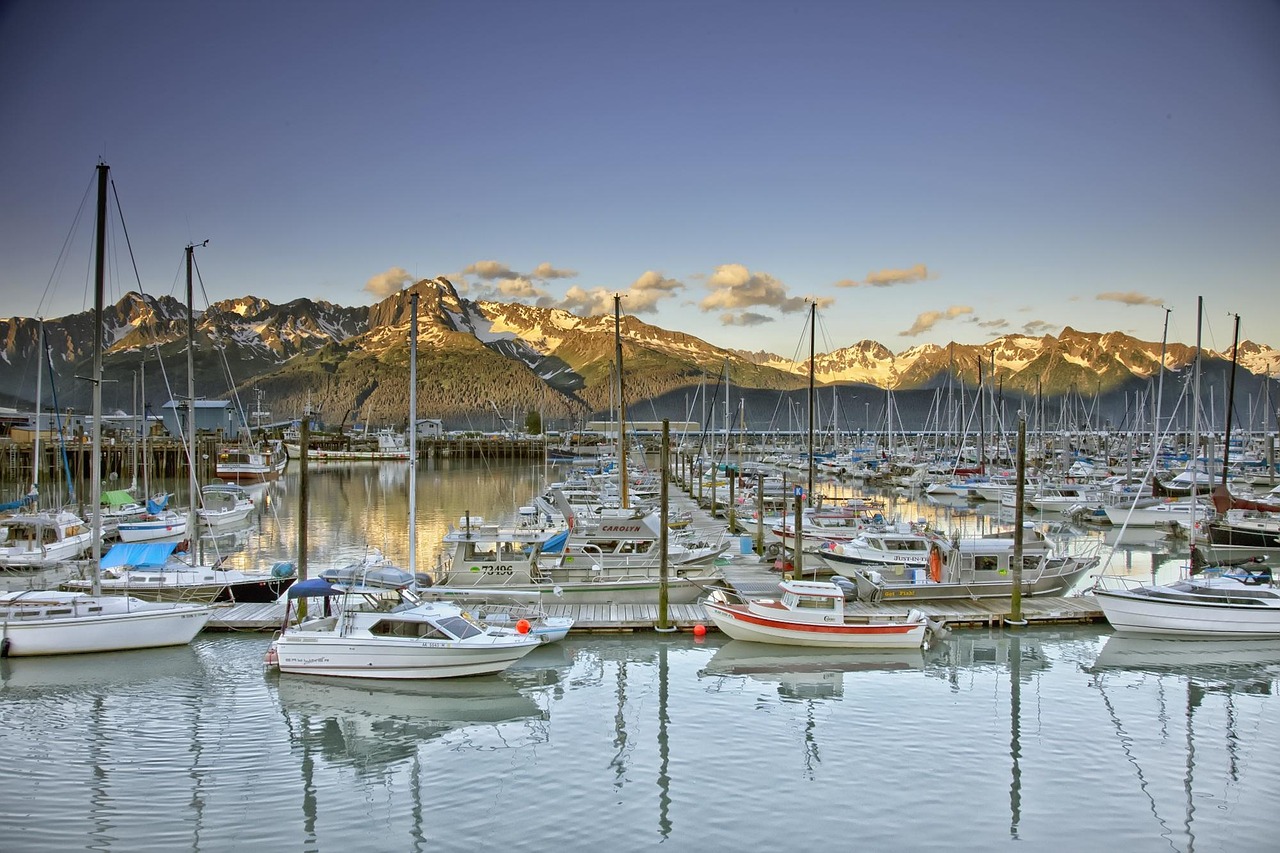
Places to Visit
1. Harding Icefield:
- A massive sheet of ice visible from multiple vantage points.
- Hiking the Harding Icefield Trail offers panoramic views of glaciers and alpine landscapes.
2. Exit Glacier:
- One of the most accessible glaciers in Alaska.
- Features a 2.4-mile roundtrip trail for close-up views of the ice.
3. Resurrection Bay:
- A hub for boat tours, kayaking, and whale watching.
- Visitors can explore hidden coves and spot marine wildlife.
4. Aialik Bay:
- Known for its tidewater glaciers and pristine waters.
- A popular spot for kayaking and glacier calving sightings.
5. Bear Glacier Lagoon:
- Features a lagoon filled with icebergs.
- Accessible by boat or helicopter tours.
6. Fox Island:
- A serene island perfect for kayaking and picnics.
- Offers stunning views of the surrounding fjords.
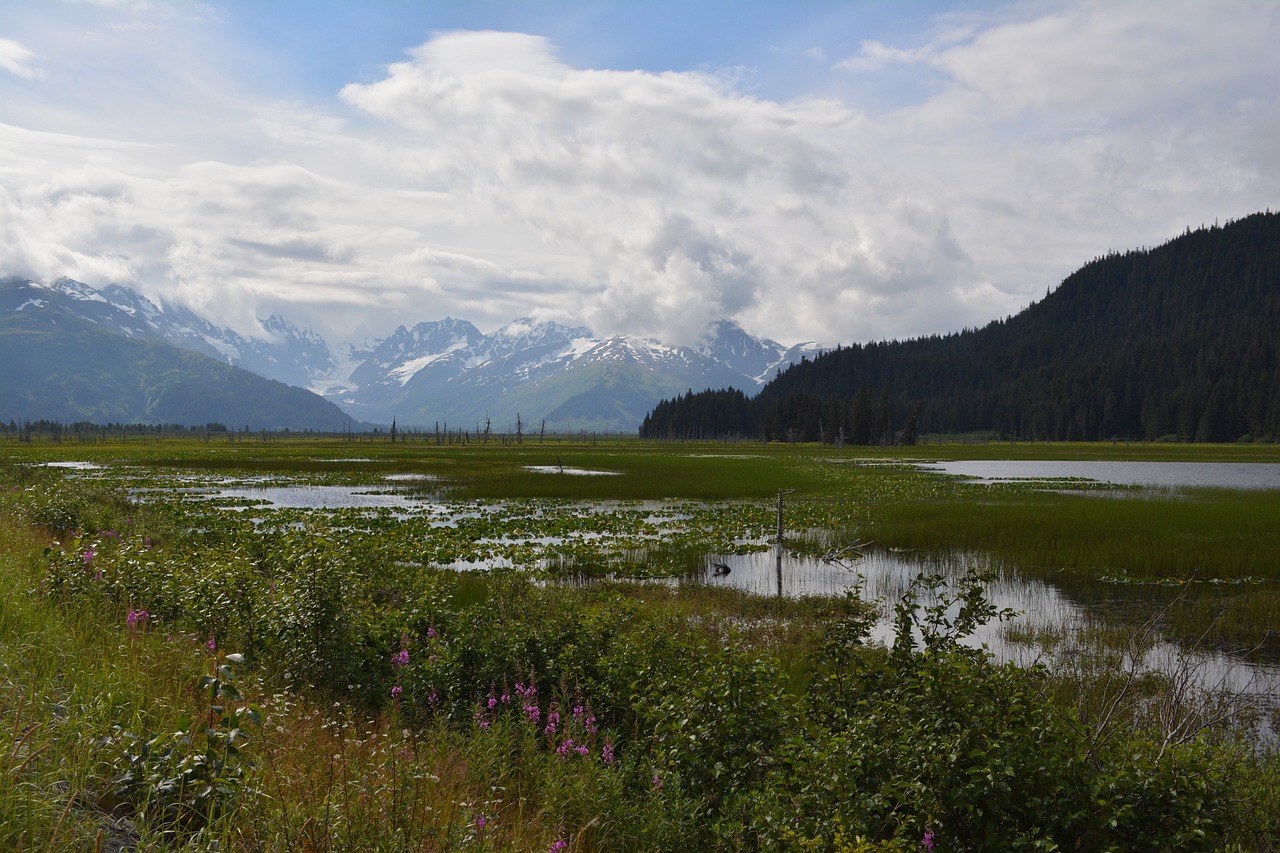
Yearly Climate
Kenai Fjords experiences a maritime climate with cool temperatures and high precipitation. Summers are mild, with temperatures ranging from 40°F to 65°F. Winters are cold but less harsh than Alaska’s interior, with temperatures between 20°F and 30°F. Rain and fog are common throughout the year, especially in the summer months. Snow blankets the park in winter, adding to its ethereal beauty.
Best Time of Year to Visit
The ideal time to visit Kenai Fjords National Park is from late May to early September. During this period, the weather is milder, and the park’s trails and waterways are accessible. Wildlife is abundant, and glaciers are most active in summer. Visitors can enjoy hiking, kayaking, and boat tours without harsh weather conditions. Late spring and early fall offer fewer crowds while still showcasing the park’s natural wonders.
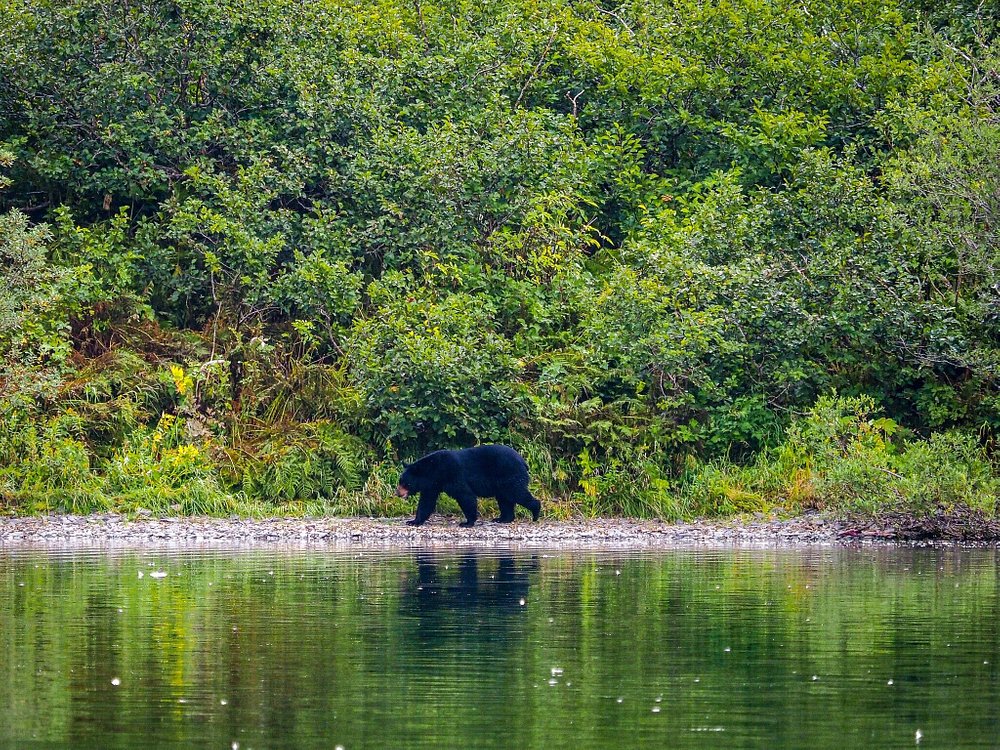
In Summary…
Kenai Fjords National Park is a treasure trove of natural beauty. From the sprawling Harding Icefield to the shimmering fjords and vibrant wildlife, this park promises unforgettable adventures. It is a testament to the awe-inspiring power of glaciers and the resilience of nature. Whether you’re trekking to a glacier, paddling through icy waters, or watching puffins soar, Kenai Fjords offers an experience like no other.

